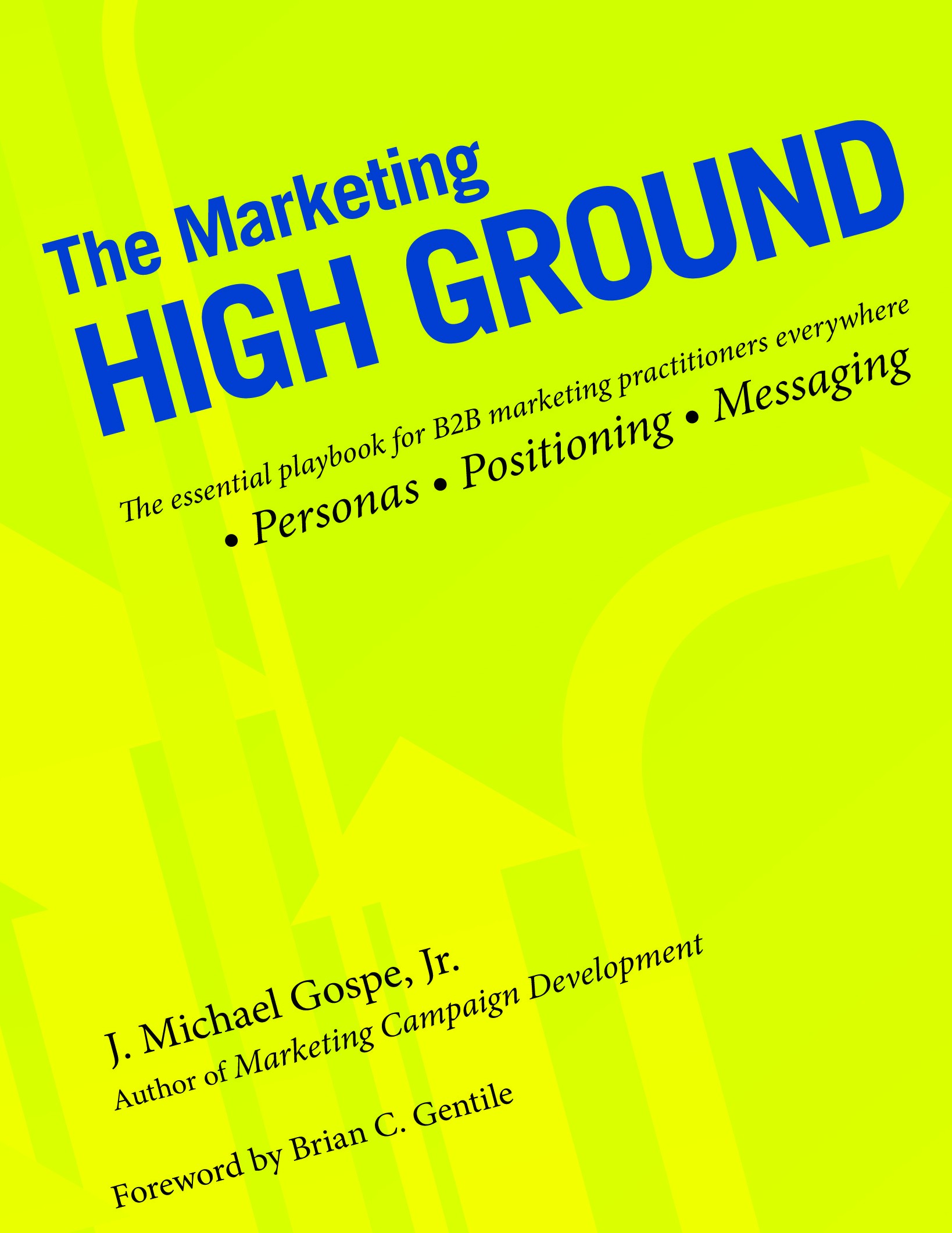What does it take for a marketer to earn, then command, a seat at the leadership table?
 This is a good question that challenges many marketers. Traditionally, certainly in Silicon Valley, companies are founded by technologists. When executive staff members are added, engineering, operations and sales leaders are often added long before a marketer. And who can argue success when a company’s products continue to sell without the aid of a marketing leader?
This is a good question that challenges many marketers. Traditionally, certainly in Silicon Valley, companies are founded by technologists. When executive staff members are added, engineering, operations and sales leaders are often added long before a marketer. And who can argue success when a company’s products continue to sell without the aid of a marketing leader?
The irony with this approach is that its success is likely to be short-lived. According to Brian Gentile, a well-known marketing leader and CEO of Jaspersoft,
Eventually this model, driven by the engineers and salesmen whose roles were never designed to understand and target complete markets, always runs out of steam.
The answer is not to suggest that a marketer should overstep or replace the leadership of engineering or sales. Far from it. Instead, the real long-lasting value a marketer can bring is to rise to the role of leading the executive team, and by extension the rest of the organization, to the high ground. No other function is properly suited to do so.
The marketing high ground represents a special place where you know the market so well, so deeply, that you become the customers’ advocate. With this knowledge comes confidence in gathering and interpreting market data so that the best product, service, and go-to-market decisions can always be made.
Consider life at a company where no one owns the high ground. What does this look like?
- Unaligned marketing and sales departments which lack clear goals and objectives
- Engineering and product management teams working in silos, focused on isolated features
- Frustrated marketers who write, then rewrite, then rewrite again messages, never able to get them right
- Poorly executed marketing campaigns that don’t produce the right quality inquiries and leads
- A set of individuals who don’t behave as a team, where decisions are made based on “whoever yells the loudest”
This is hardly efficient or effective.
On the other hand, when the marketing leader steps up to take ownership for becoming the customers’ advocate and sharing market perspectives internally, a whole different type of discussion takes place internally. No longer are debates driven by random opinions; they are founded on customer use cases, market data, and customer feedback.
The high ground is not something owned exclusively by the marketing department. Every market-driven company gains its advantage from an incredibly aligned workforce. A workforce that clearly understands the organization’s vision, its core benefits and value ascribed to it by customers, and the distinct competitive advantages. This is what it means to own the marketing high ground.
This is what it takes to earn, then command, a seat at the leadership table.
This topic is the focus of The Marketing High Ground, a marketers’ playbook that acts as a tactical guide to the marketing high ground. The book includes action-oriented best-practices templates, techniques, and examples.
Additional blog posts will explore these best practices in more detail in the coming weeks.
